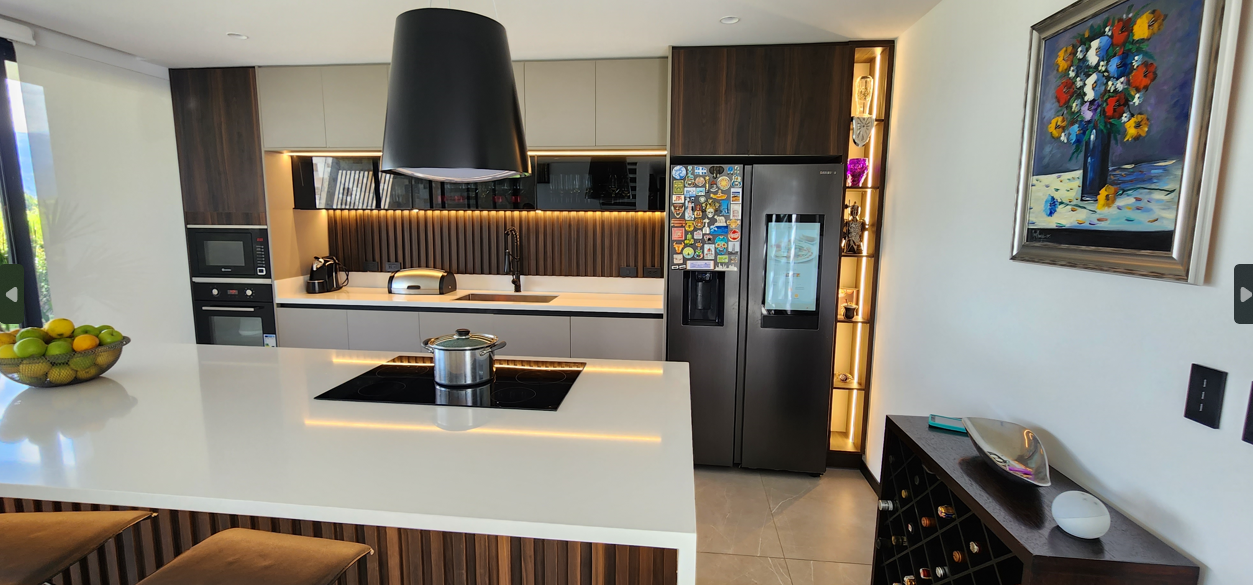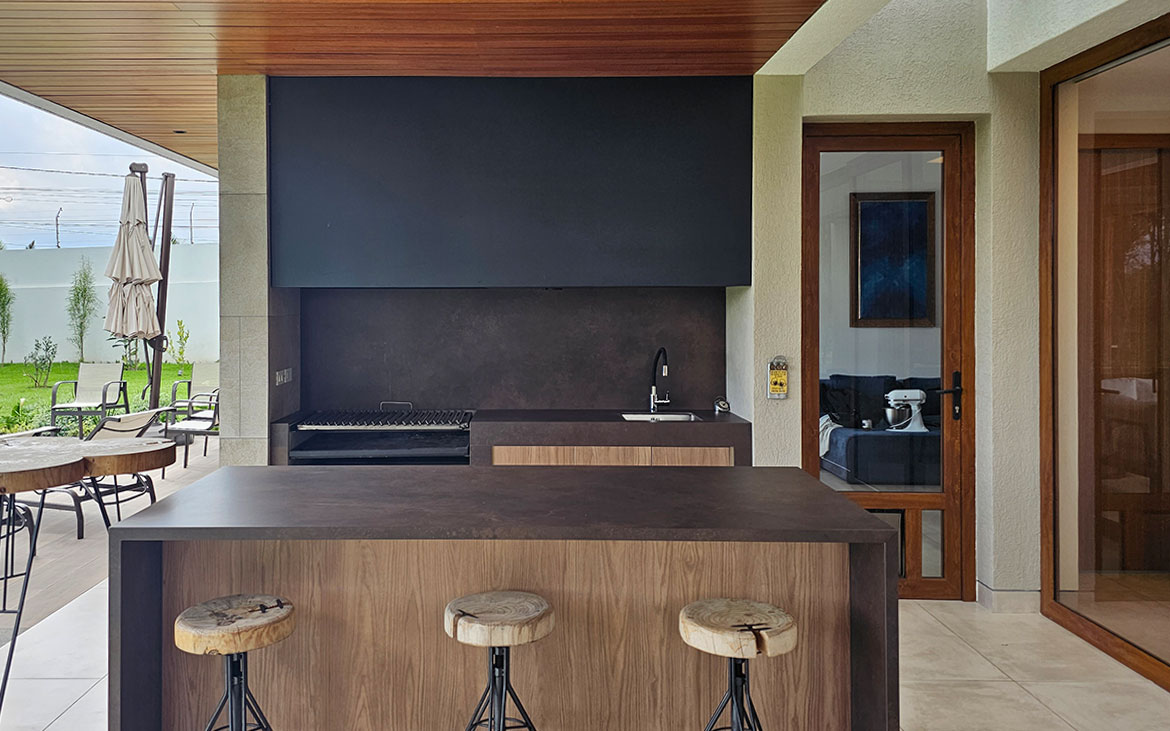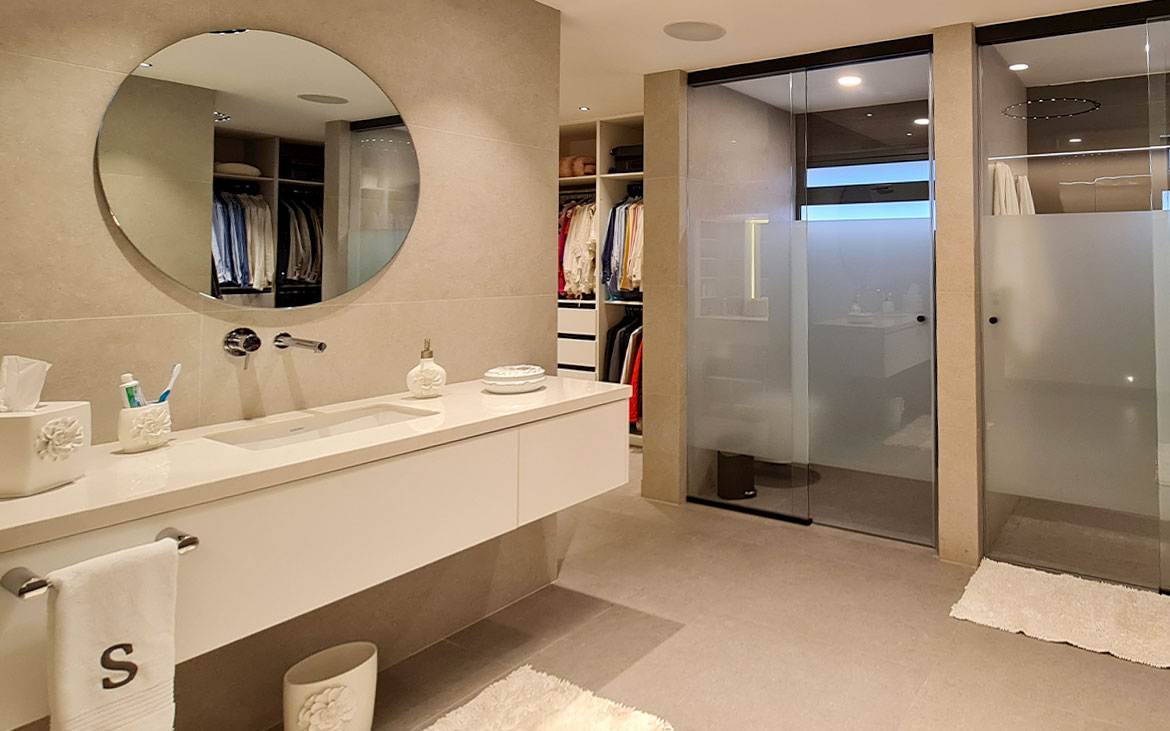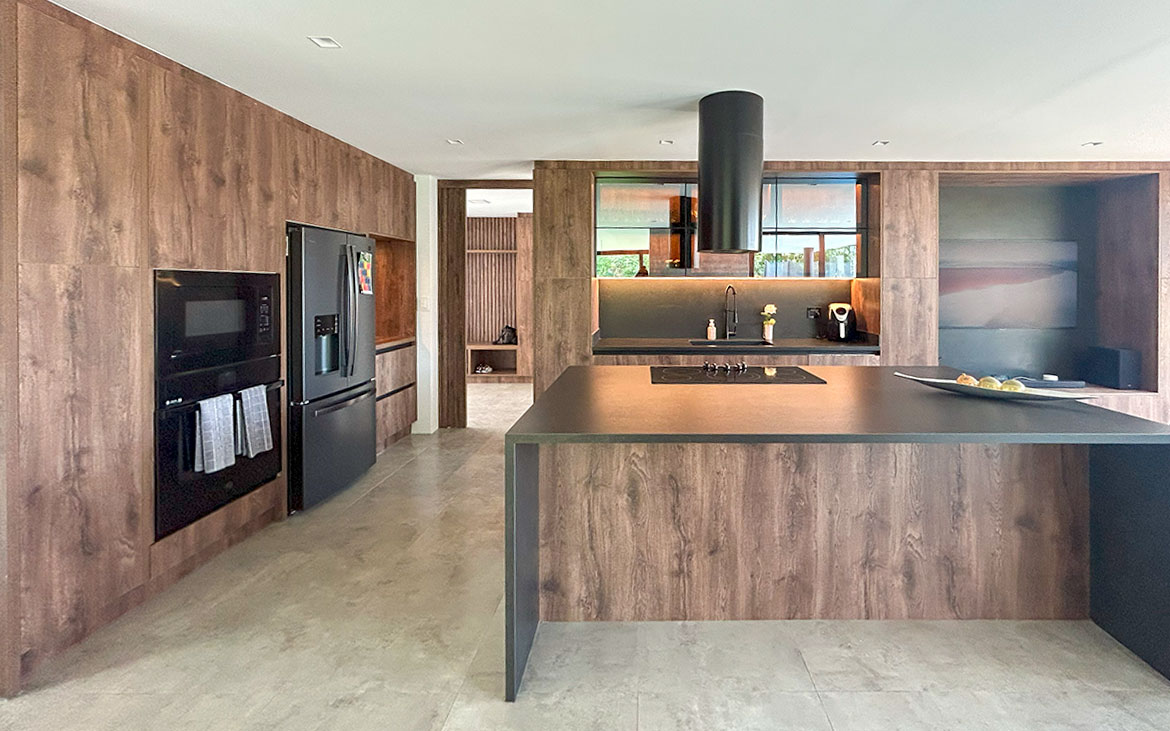User-centered architectural design is a philosophy that seeks to create spaces that adapt to the needs and desires of the people who use them.
In the context of the kitchen, this philosophy takes on special relevance, since it is a key place in the home where people spend time cooking, socializing and sharing moments with their loved ones.
In this blog, we will explore how user-centered architectural design applies to the kitchen, how it solves customer needs, and how it understands current trends.
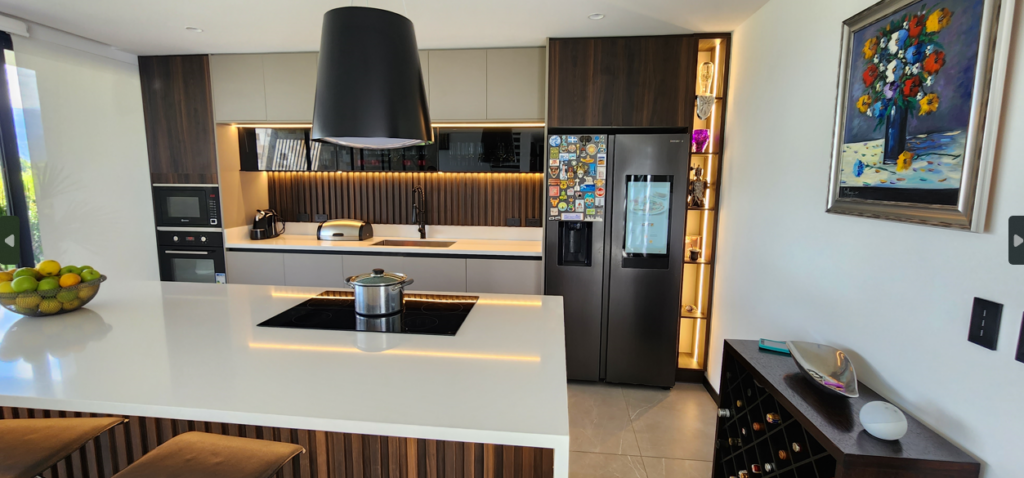
Solving customer needs in the kitchen
When it comes to designing a user-centered kitchen, it is essential to understand the customer's needs and preferences. Everyone has different cooking habits, culinary preferences, and ways of using space. A good architectural design should take these aspects into account and provide customized solutions.
First of all, it is essential to consider functionality. The kitchen should be an efficient space where utensils, appliances and pantry are well organized and easily accessible. Designers must work closely with clients to understand how they use the kitchen and what items need to be within easy reach. For example, if a customer loves to cook and use a variety of utensils, smart storage solutions can be incorporated, such as special drawers and cabinets to optimize space and facilitate organization.
In addition to functionality, user-centered architectural design must also consider the aesthetics and lifestyle of clients. Each person has their own tastes in terms of colors, materials and finishes.
It is essential to create an environment that reflects the client's personality and aesthetic preferences.
Some may prefer a modern, minimalist kitchen, while others may want a more rustic and cozy style. Architectural design must adapt to these desires, combining practical aspects with visual beauty.
Understanding trends in kitchen architectural design
To deliver user-centered architectural design, it is also important to understand current trends in kitchen design.
- Open spaces: Open kitchens have become extremely popular in recent years. This trend involves the integration of the kitchen with other spaces in the house, such as the dining room or living room. This setup encourages social interaction and creates a welcoming, family atmosphere.
- Islands and bars: The islands and bars in the kitchen They have gained popularity due to their functionality and versatility. These features provide additional surfaces for food preparation, additional storage space, and areas for guests to sit and socialize while the host cooks.
- Sustainable materials: More and more people are concerned about the environment and are looking for sustainable options in the design of their kitchens. Eco-friendly materials, such as recycled wood, bamboo, recycled stainless steel, and natural stone countertops, are in high demand. These materials are not only aesthetically appealing, but they also reduce environmental impact and promote a more conscious lifestyle.
- Smart technology: Integrating technology into kitchen design has become increasingly popular. Smart appliances, such as refrigerators with touch screens, programmable ovens, and automated lighting systems, make cooking tasks easier and improve energy efficiency. In addition, home automation systems allow you to control lighting, temperature and other aspects of the kitchen from mobile devices.
- Proper lighting: Lighting plays a crucial role in the functionality and aesthetics of a kitchen. Current trends lean towards strategic lighting that combines natural light with artificial lighting. Installing recessed lights in the ceiling, pendant lights over islands or bars, and under-cabinet lights provide adequate lighting for different activities and create a welcoming atmosphere.
User-centered architectural design in the kitchen is essential to creating spaces that adapt to the needs and desires of customers.
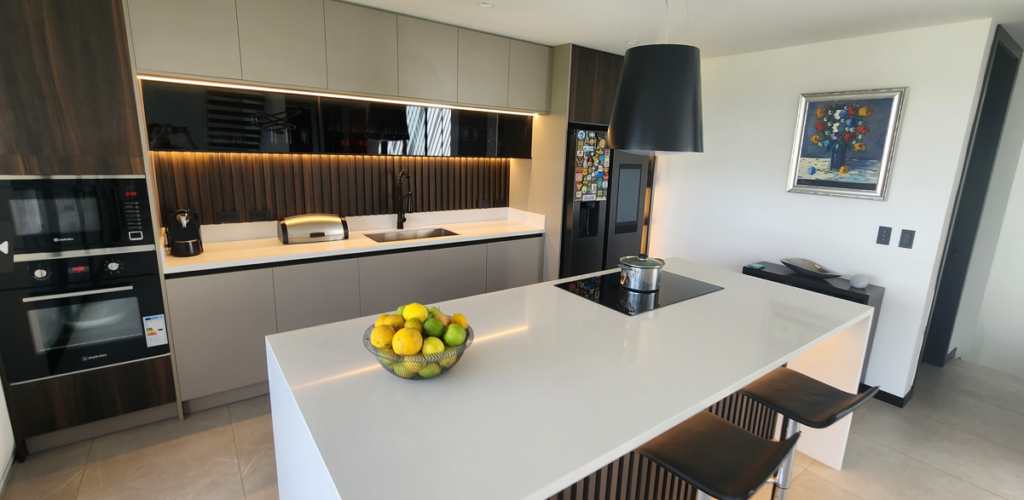
By considering solving customer needs and understanding current trends, designers can create kitchens that are functional, aesthetically appealing, and sustainable. The kitchen is a place of gathering and culinary creativity, and well-thought-out architectural design enhances the user experience and promotes a healthy and satisfying lifestyle. By focusing on customer needs and following evolving trends, kitchen architectural design will continue to evolve and provide spaces that are truly unique and personalized.

